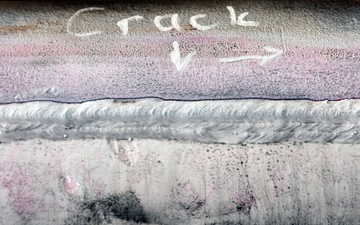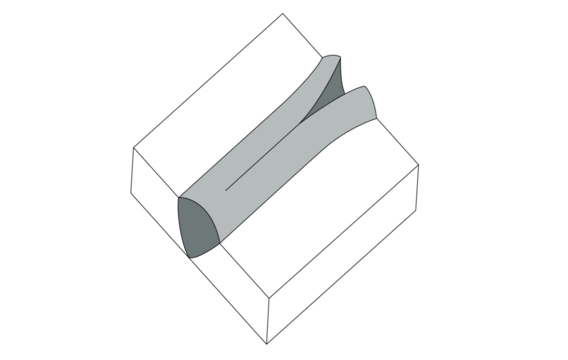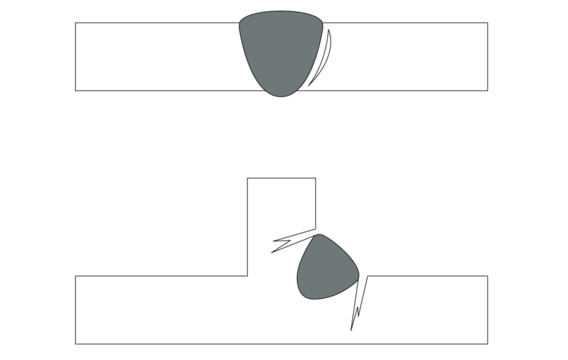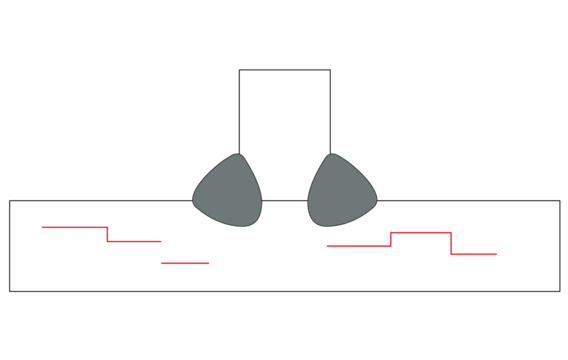- Official BOC UK Online | Industrial Gases | Products & Solutions | BOConline UK
-
Shop
- Industries
- Processes
- Gases & Equipment
-
Solutions
-
Services
-
Health & Safety
-
Contact & Support
- What's Happening
-
Net Zero Strategies
Don’t Crack Up: How to Avoid Welding’s Common Cracking Problem
Posted by BOC

Whatever your level of welding experience, the common problem of cracking can cause headaches.
Cracking comes in many shapes and sizes. It also has lots of different causes - and it’s certainly an area where prevention is much better than cure.
If cracking happens during or after a weld your options are limited. Gouging out the cracked weld to fix it is one way to go. But if this doesn’t work, it means starting all over again.
Let’s take a closer look at the most common types of cracking.
Centreline cracking
By far the most common cracking problem you’ll encounter is centreline or longitudinal cracking. It shows up as an obvious separation in the weld bead when it’s in the centre of a joint.
Crater cracking is another problem that can arise - small cracks at the end of the weld where the arc breaks, usually due to the wrong technique being used at the end of the job i.e. reversing the arc direction travel before breaking the arc.
Causes of centreline cracking include:
- Using the wrong bead shape so not enough weld metal is present
- Welding a highly constrained joint, putting extra stress on the weld bead
- Insufficient pre-heat, leading to accelerated cooling that leaves metal more brittle
Any combination of joint design, welding conditions and techniques that result in a weld bead with an excessively concave surface can promote cracking.
Cracking solutions
So, if those are the main types of cracking you could fall foul of when welding, what’s the best way to avoid them? Here are some pointers for preventing this common problem.
You can learn more about cracking, and other common welding defects such as porosity, spatter, and lack of fusion, in the Welder’s Toolkit.




